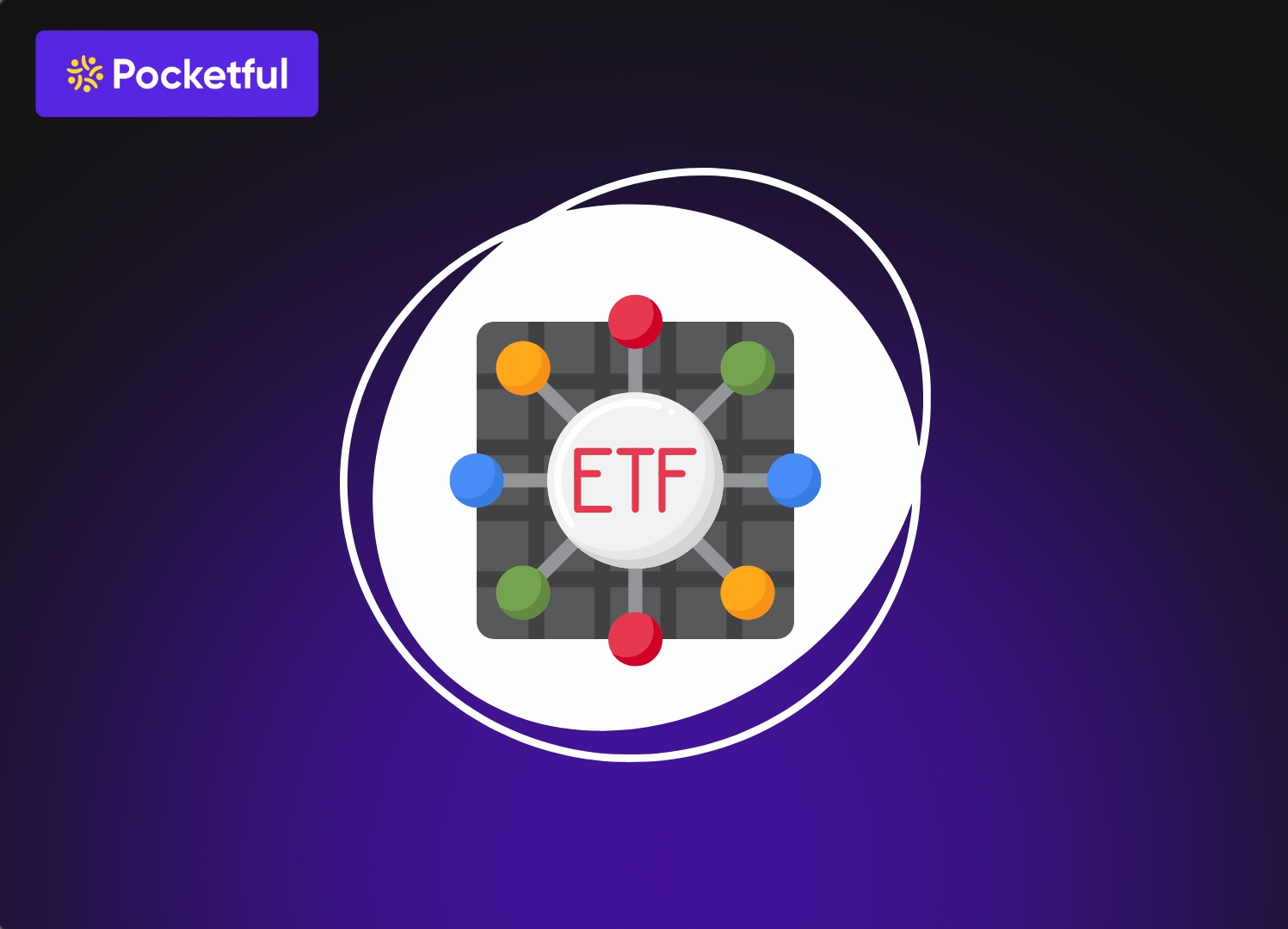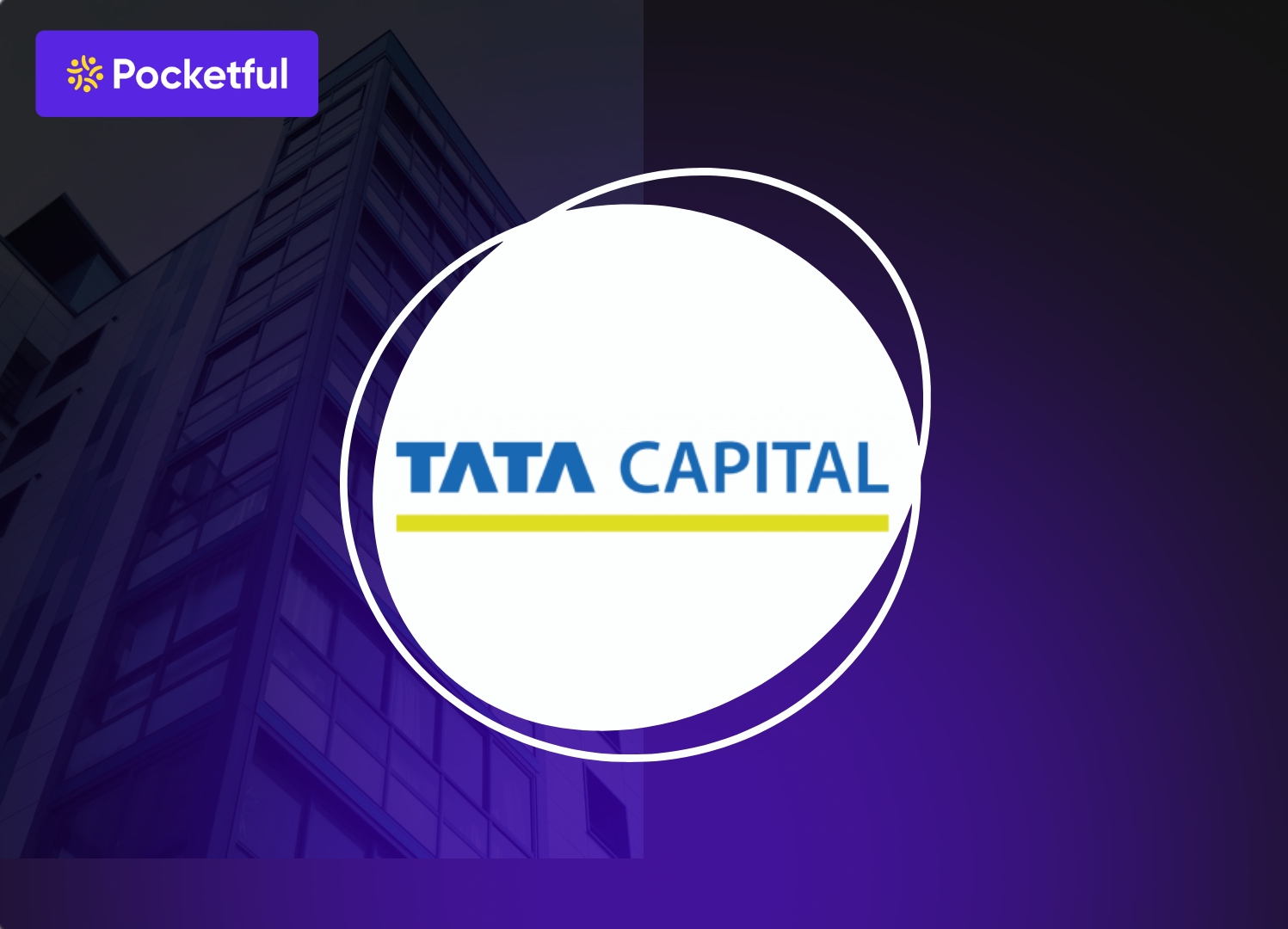The world is a changing place and with the evolution of technology not only information is available in minutes but these days getting your house needs can be fulfilled within minutes let’s say if you run out of milk while making tea, you can order a fresh packet of milk at your door even before the water even boils, this is the magic of quick commerce.
Earlier delivery was done the companies but it used to take time of minimum 3-4 days to deliver you the desired goods but with the introduction of super-fast delivery companies have entered into the domain of Quick commerce and a whole new industry of commerce companies in India has emerged, built on the promise to deliver in minutes resulting in changing habits due to these quick commerce platforms. The world of quick commerce in India is growing rapidly with the inclusion of new age startups and their services.
So, in this blog we will learn about what these quick commerce companies are? And who are the biggest players in quick commerce in India?
What are Quick Commerce Companies?
Think of quick commerce, or q-commerce, as the advanced level of e-commerce, where the focus is on delivering a small number of items like groceries or daily essentials in an extremely short time, often in just 10-20 minutes.
These quick commerce companies function in such an exceptional way due to “dark stores” which helps in achieving the timely delivery of the products. Imagine Dark Stores as a small supermarket or mini warehouses near your home, wherever customers place their order they get them placed in these dark stores from where the items are delivered directly to the customers. This entire system is “hyperlocal” meaning it operates in a very small area of just a few kilometers, which is the key to their 10-minute promise.
Read Also: List of Quick Commerce Company Stocks
Top 10 Quick Commerce Companies in India
1. Reliance Retail (JioMart)
It was launched by Reliance Retail in December 2019 by the retail arm of Reliance Industries. It started with connecting with the local Kirana stores with the customers for home delivery of groceries using the Jio digital network. In 2024 Jio entered the quick commerce sector by launching “JioMart Express” services which were designed to deliver within 30 minutes. With its partnership with Meta, customers could directly order on Whatsapp. Reliance’s goal is to use its capital and network physical stores like Reliance Fresh and Smart Bazaar, and create an integrated ecosystem for millions of Jio users.
2. Tata Group (BigBasket & BBNow)
It was the first to enter the online grocery market and was founded back in 2011. A strong business was created by BigBasket with its main focus on quality of the product and delivering “Farm to Fork” to its customers. In 2021, the Tata Group acquired a majority stake in BigBasket, making it a central part of its “Tata Neu” super app. BigBasket launched its quick commerce service, BBNow that delivers groceries within 10 to 20 minutes only. The company is also focusing on opening physical stores called ‘Fresho’.The goal is to combine BigBasket’s grocery expertise with the trust and reach of the Tata brand, with plans for an IPO by 2025.
3. Zomato (Blinkit)
This platform was earlier started as Grofers in 2013, founded by Albinder Dhindsa and Saurabh Kumar. But with passing time it was rebranded as Blinkit where the main focus was to make Blinkit a 10-minute delivery app. Later Zomato acquired Blinkit in 2022 after this acquisition there has been an exponential growth in the business of Blinkit, in financial terms the total order value is now bigger than Zomato’s food delivery business, this has resulted in transforming Zomato from just a food delivery app to a full fledged quick commerce giant.
4. Swiggy (Instamart)
It started in 2014 as a food delivery app and quickly gained popularity, looking at the changing market scenario of the quick groceries delivery companies, Swiggy launched Instamart in August 2020 using its large fleet of delivery partners to begin its operations. Swiggy and Zomato’s blinkit are a direct competitor of each other leading to high spending and significant financial losses, even though Instamart’s sales have grown rapidly. The company is now focusing on improving its financial health and expanding its product range. For instance, it has partnered with companies like Asus to deliver laptops in minutes. Swiggy’s main goal is to reduce its cash burn and use its popular “Swiggy One” subscription to build a loyal customer base across both food and groceries.
5. Zepto
Zepto was started in the year 2020 by two 19-year-old Stanford dropouts Aadit Palicha and Kaivalya Vohra. Their goal for Zepto revolved around delivering groceries in 10 min. This bold move shook the entire industry and forced competitors to speed up in the quick commerce industry. Zepto became India’s first unicorn (a startup valued over $1 billion) in 2023 and is now valued at around $5 billion. While it is not yet listed on the stock market, it is preparing for a future IPO. Zepto’s goal is to continue expanding its network of dark stores, add new product categories, and work towards becoming profitable.
6. Flipkart (Flipkart Minutes)
It is among one of India’s largest e-commerce companies, which is backed by the global giant Walmart. Flipkart launched its quick commerce service in the name of Flipkart Minutes to compete in the existing market. Flipkart’s biggest advantage is its massive existing customer base and its powerful logistics network, Ekart. The company aims to leverage these strengths to capture a significant share of the quick commerce market. It is also introducing new advertising tools for brands on its platform to create new revenue streams.
7. Dunzo
It was the real pioneer in the hyperlocal delivery space in India. Founded in 2014, it started as a simple WhatsApp-based service that would deliver almost anything a customer wanted. Unfortunately, Dunzo’s story is now a cautionary tale. The company is facing a severe financial crisis due to high costs and an inability to raise more money. Its major investor, Reliance, has written down its investment to zero, which is a huge blow. Dunzo’s future is very uncertain, and it highlights just how difficult and expensive the quick commerce business is.
8. Nykaa (Nykaa Now)
It is India’s top online destination for beauty and fashion products. It made a strategic entry into quick commerce in late 2024 with a service called Nykaa Now. Nykaa Now promises to deliver beauty and personal care products in 30 to 120 minutes in major cities. This helps in differentiating its product and protecting its business from other quick commerce apps that might start selling popular cosmetics. It also offers a new level of convenience to its loyal customers who might need a product urgently for an event.
9. Myntra (M-Now)
It is owned by Flipkart and is one of India’s leading online fashion stores. It started its quick commerce segment in late 2024 promising a 30 minute delivery service. M-Now has kept its focus on delivering clothes, accessories, and beauty products of premium brands within half an hour in mainly Tier-1 cities. This service is designed for quick fashion needs or some last minute product requirements, like urgent need of a new shirt for a party or a quick gifting item. It has come up as a new segment of quick commerce where customers can get ultra fast deliveries of high value items like clothes or accessories and not just the grocery items.
10. The Enablers (Delhivery)
It has a different motive altogether, Delhivery is one of the largest logistic companies in India, instead of selling products to the customer it sells “Quick commerce” as a service to different quick commerce companies and helping them with Rapid Commerce platform, promising delivery in 2-hour, also sets up partnered dark stores and manages all the deliveries. This allows brands to automate the management and offer their customers fast deliveries without even spending too much on the infrastructure. Other logistics companies like Shadowfax and Porter also play a similar enabling role. This is a new segment that is emerging under the umbrella of Quick Ecommerce Companies representing the emerging need of quick deliveries.
Read Also: Top 10 Food Delivery Stocks in India
Benefits of selling Products via Quick Commerce
1. Growing Sales
Quick commerce is rapidly due to change in consumer behaviour as now the customer wants to get things quickly. With instant deliveries companies not only attract more new customers but also make the current users buy even more, as with more convenience consumers generally tend to buy more.
2. Increased Customer Base
With customers getting orders within minutes is not just a service but an experience for them, as they get the required product instantly, it is like providing the right thing to the customer exactly when they need it. These things make a one time buyer into a potential loyal customer.
3. Competitive Quick Deliveries
In today’s market the speed gives the best advantage, as it could be the most relied on service for a last minute part or a busy household that requires groceries quickly. It helps the customers get products instantly and gives the company the advantage to sell more.
4. Expanding Availability & Customer
Quick commerce companies are rapidly expanding their operations in Tier 2 and Tier 3 cities, which is helping in expanding their ecosystem and getting them new customers from different regions and who knows it might grow into a pan India service.
5. Dark Stores
This business model works on the dark store concept where companies rent low costing godowns and turn them into a storage unit where from electronics to groceries and even clothing can be stored, reducing the overall cost of logistics and storage.
Key Factors to be known about Quick Commerce Companies
- Profitability: These companies sell millions of products from their apps but the profit margin is very low. The costs of managing dark stores, delivery partner payments, and discount offerings is high, leading to a very high cash burn and Dunzo is one such example.
- Competition: There are multiple existing players in the market and also newcomers making the market very competitive for the Quick Commerce Companies as users can easily switch to a different service provider due to easy availability of an alternative.
- Regulatory Issues: Some companies have also come to limelight due to delivery partners’ working conditions, lack of job security and even unfair pay. Quick commerce companies will not only have to satisfy the customers but also need to fix the regulatory issues.
- Sustainability: The pressure for 10-minute deliveries raises the number of delivery vehicles leading to traffic and environmental issues. Looking at this, companies are shifting to EVs to deliver the products quickly.
Read Also: Best FMCG Penny Stocks in India
Conclusion
The quick commerce services are rapidly growing in the Indian market. It is rapidly changing consumer behaviour and providing them with a convenience of getting anything delivered to their doorstep within minutes.
However, the path ahead for these companies is filled with challenges as fast deliveries are linked with huge cash burn attached to a low profitability. The companies that will ultimately win will be the ones that will male a sustainable business model and find new ways to increase their profits like advertising. There is a lot more to witness about these quick commerce industries, with today’s learning from this blog let’s keep an eye on what the future might unfold.
Frequently Asked Questions (FAQs)
What is a dark store?
A dark store is a small, local warehouse of the company where all the goods are stored, it is used only to pack and ship the received online orders. These are generally placed in the close proximity of a large customer base, this makes the delivery possible in 10-20 minutes.
Are any quick commerce companies listed on the Indian stock market?
While Blinkit, Instamart, and Zepto themselves are not directly listed, their parent companies are publicly traded. For example, Blinkit is part of Zomato, and Instamart is owned by Swiggy Ltd, both of which are listed on the Indian stock market. Zepto, however, is still a private company preparing for a potential IPO in the future.
What lacks in profit of quick commerce companies?
The total running cost of a quick commerce company is high due to managing and running the dark stores, hiring delivery partners, and offering discounts to attract customers requires a lot of cash to be pooled in the company, resulting in very low net profits for the companies.
Can we only buy groceries from quick commerce?
With the changing customer needs now you can not only buy groceries but also get electronics, fashion apparel, cosmetics and beauty products and now even medicines in minutes.
Are there delivery charges for Quick Commerce orders?
Delivery charges vary by platform. Some services offer free delivery for subscription plans like Swiggy One or JioMart Express, while others may charge a small fee for individual orders.










